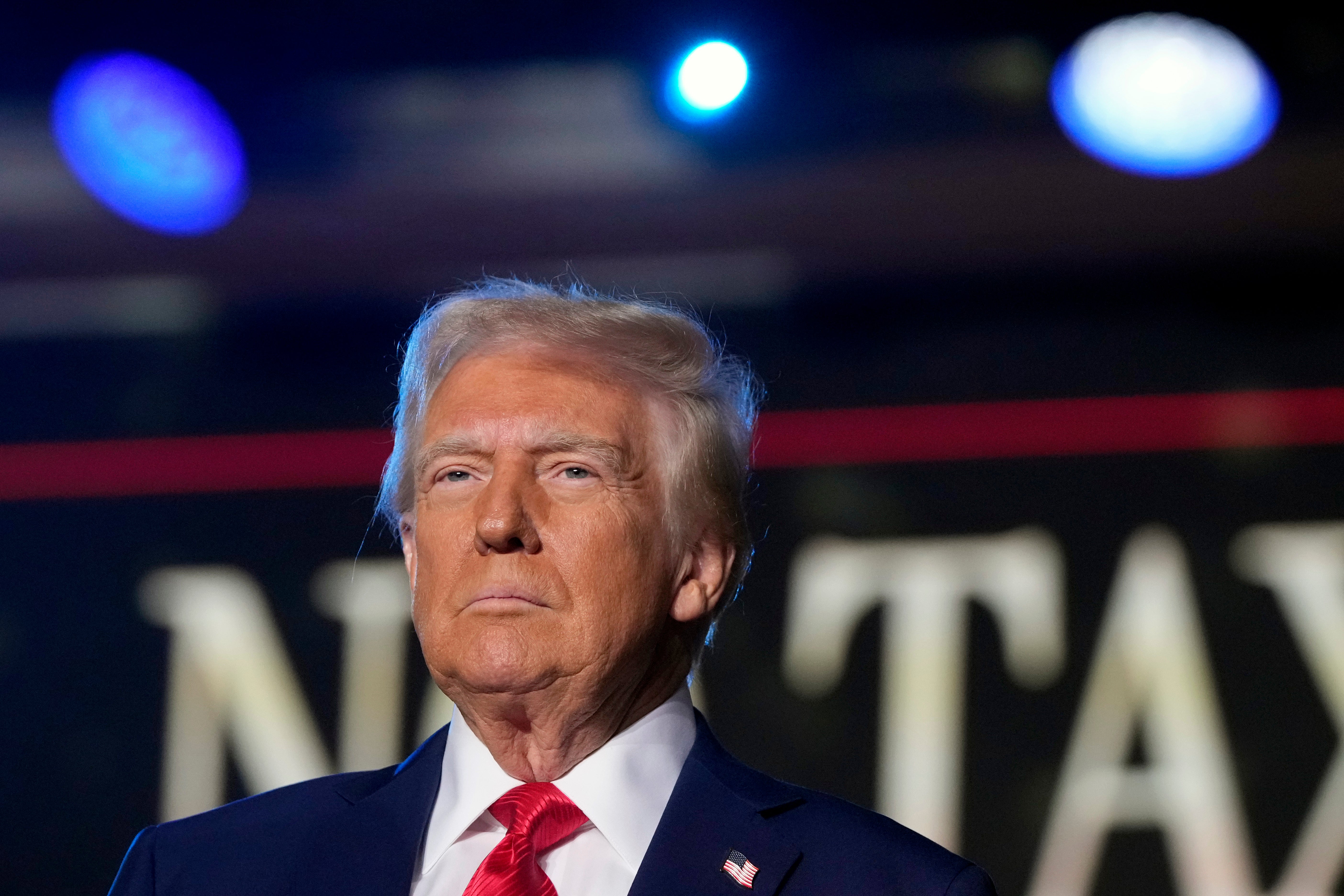Your support helps us to tell the story
From reproductive rights to climate change to Big Tech, The Independent is on the ground when the story is developing. Whether it’s investigating the financials of Elon Musk’s pro-Trump PAC or producing our latest documentary, ‘The A Word’, which shines a light on the American women fighting for reproductive rights, we know how important it is to parse out the facts from the messaging.
At such a critical moment in US history, we need reporters on the ground. Your donation allows us to keep sending journalists to speak to both sides of the story.
The Independent is trusted by Americans across the entire political spectrum. And unlike many other quality news outlets, we choose not to lock Americans out of our reporting and analysis with paywalls. We believe quality journalism should be available to everyone, paid for by those who can afford it.
Your support makes all the difference.
Sir Keir Starmer is reportedly preparing to resist demands to increase UK defence spending to 2.5 per cent of GDP by 2030 as a result of concerns about the state of public finances, despite growing pressure from Donald Trump and the British military.
While ministers have pledged to boost UK defence spending from its current point – at just above 2 per cent – to 2.5 per cent, it is not yet clear when or how this target will be achieved.
Mr Trump has demanded that Nato allies commit 5 per cent of GDP to defence spending –far beyond the current US figure of around 3.4 per cent.
But with the state of Britain’s finances worsening and further spending cuts expected, there is said to be a growing sense that hitting even the 2.5 per cent target before the next election would mean even more spending cuts are required.
After entering office, the prime minister commissioned a strategic defence review to evaluate the state of Britain’s armed forces. After the review concludes, expected to happen in the spring, the government will set a deadline for the 2.5 per cent target.

A senior government source told the Times: “If we try to hit the target by 2030 it will mean deeper cuts to public services in the run-up to the election. It feels like a non-starter.” The next general election will take place by mid-2029.
A military source added: “The Treasury is putting its fingers in its ears again, saying it has to be 2.3 per cent, maybe it can be 2.5 per cent in the distant future. But that is going to lead to some very bad headlines about cuts to the military at a time of war in Europe.”
But, asked about the claims, a Ministry of Defence source told The Independent that it is “pure speculation and anonymous chatter”.
“The timeline for 2.5 will be set out in the spring and nothing is confirmed yet either way, so none of those anonymous quotes actually know what’s going to happen”, they added.
It comes amid warnings about the deteriorating state of Britain’s armed forces, with Lord West of Spithead – a retired admiral of the Royal Navy, and former security adviser to Gordon Brown – last month telling The Independent that the armed forces are “grotesquely underfunded and hollowed out”.
His comments echoed those of former head of the army Richard Dannatt, who warned that Britain’s army is not big enough to send peacekeeping troops to Ukraine – an idea floated by Sir Keir Starmer earlier this year.
“I don’t think the size of our army is large enough to do that, with everything else that it’s doing currently. I think we would struggle”, he told the The i Paper.
While Mr Trump and Sir Keir avoided the subject of defence spending during a warm-worded phone call on Sunday evening, the president has been clear that he wants Nato members to spend more, threatening to pull out of the alliance if other allies do not pull their weight.
The Treasury has been contacted for comment.
